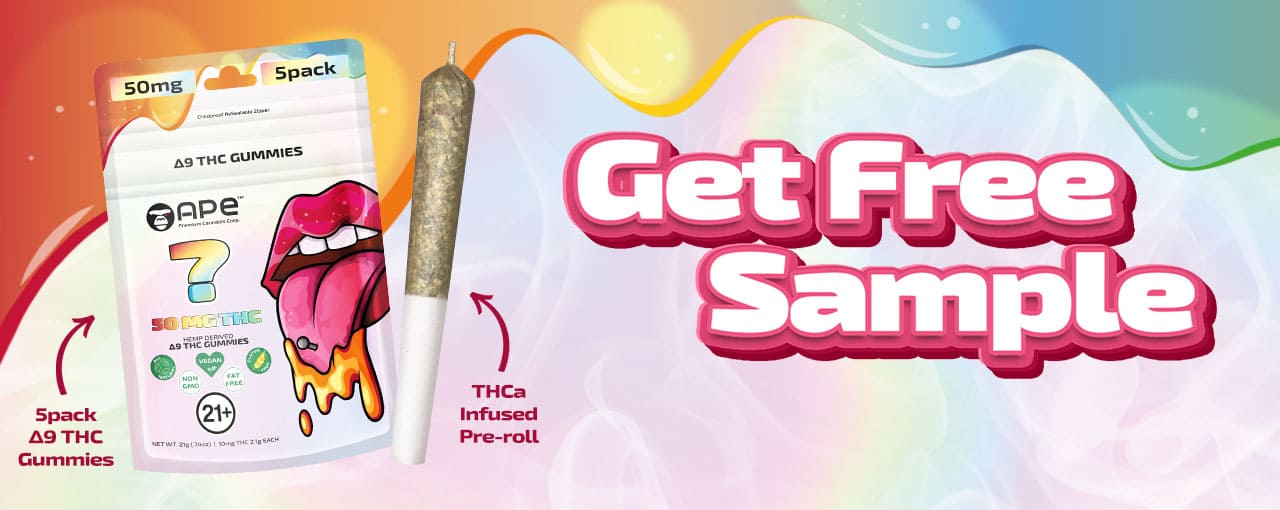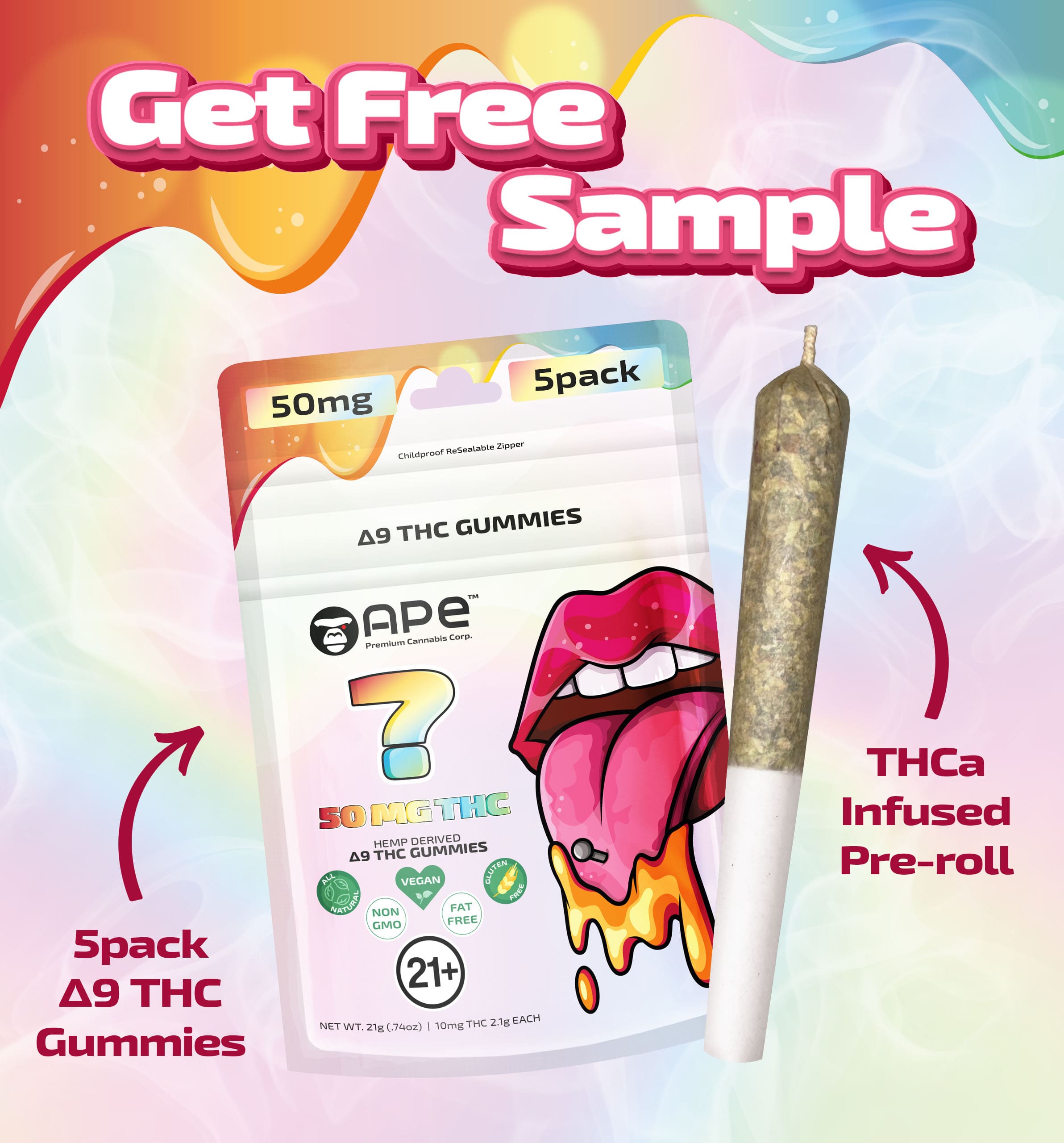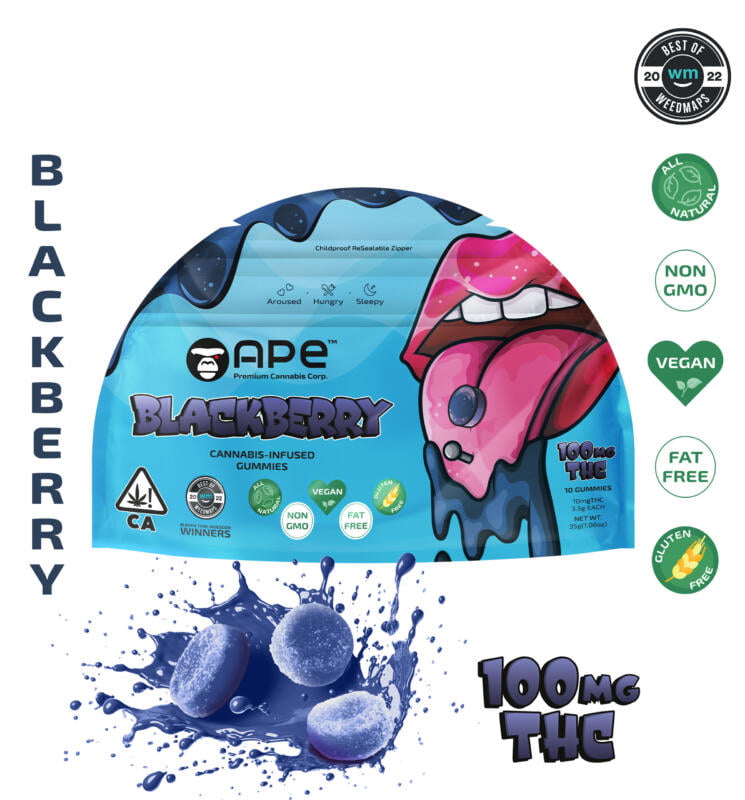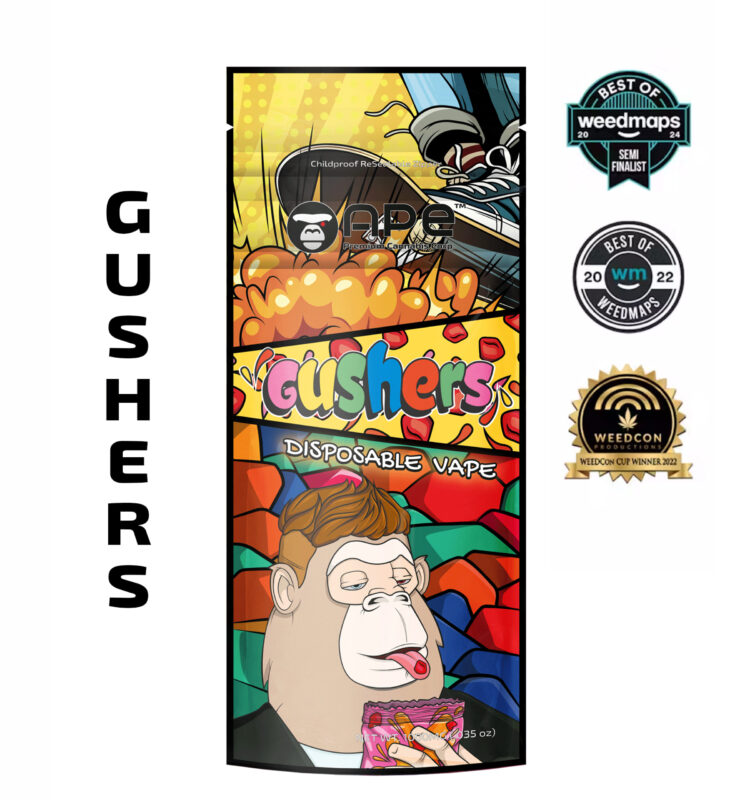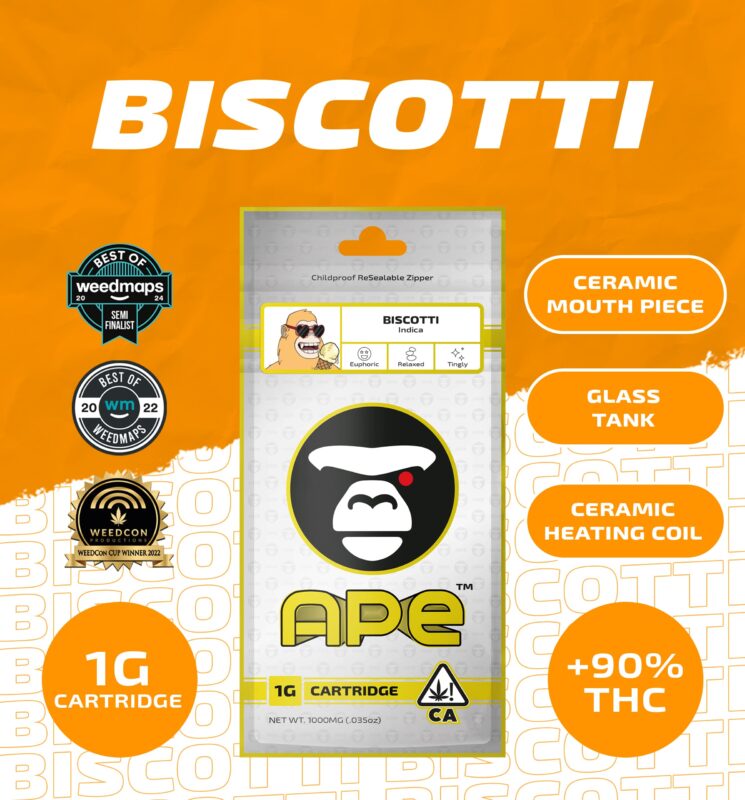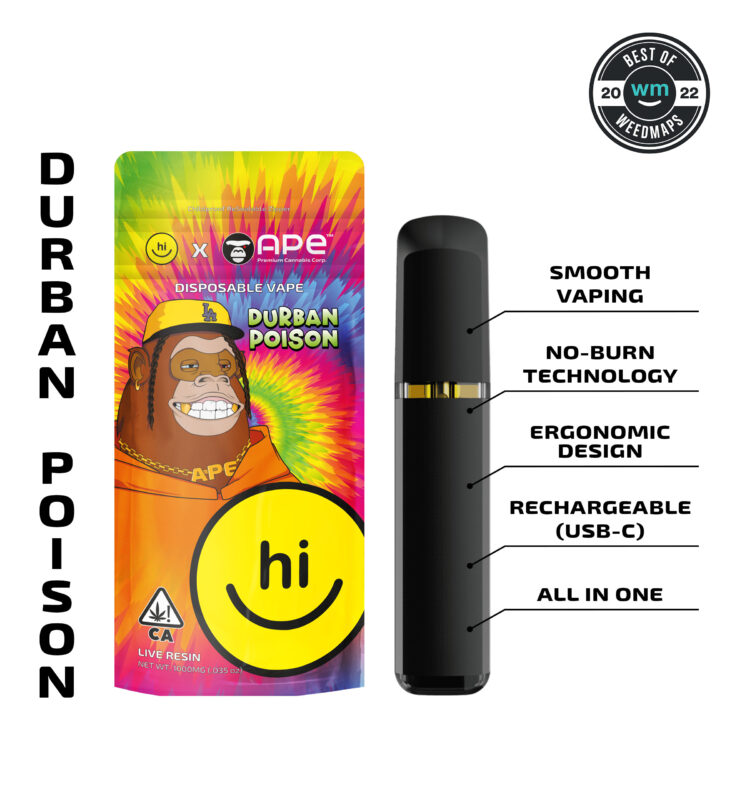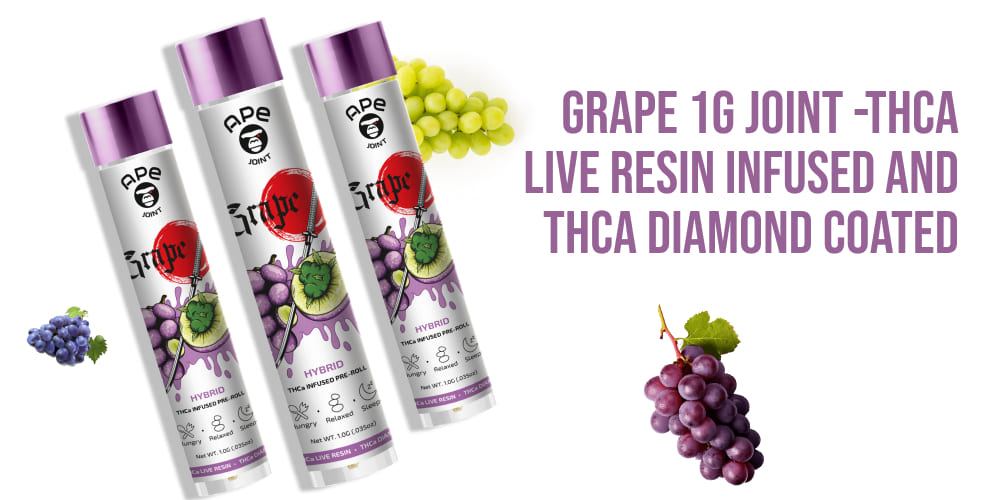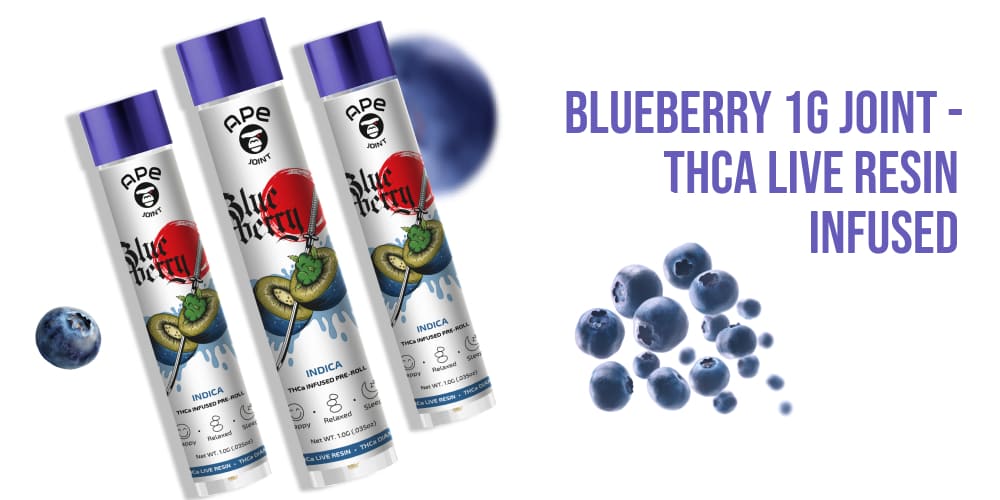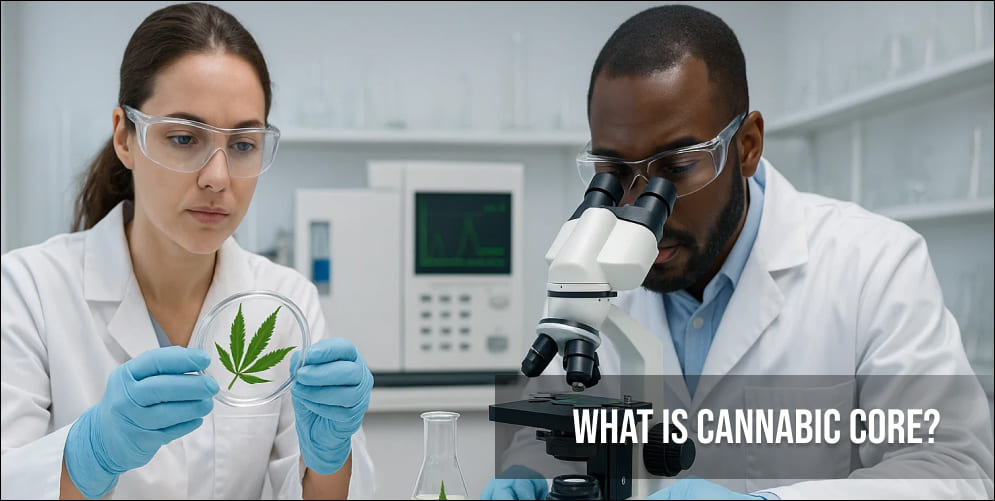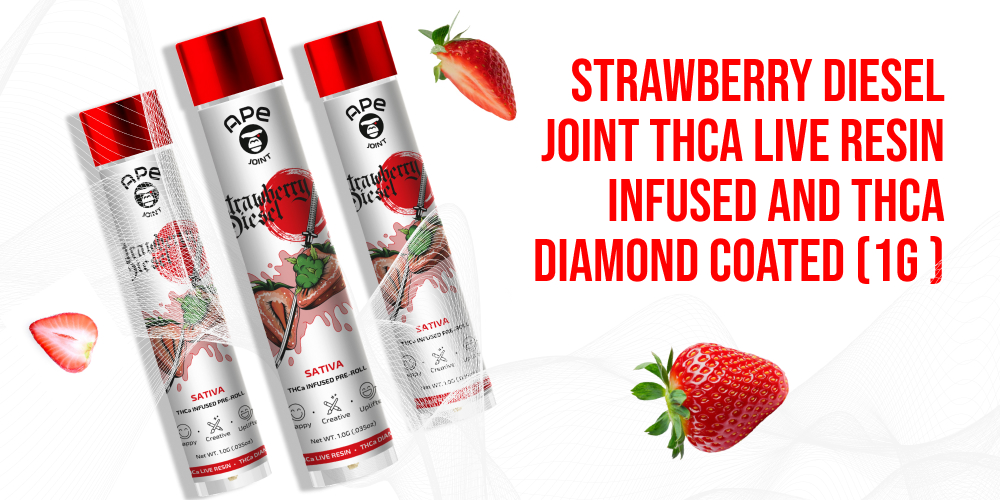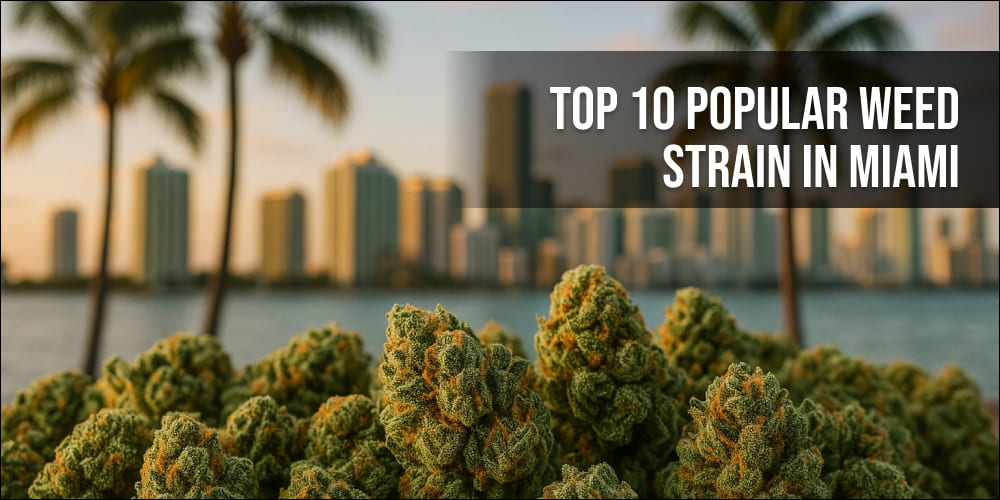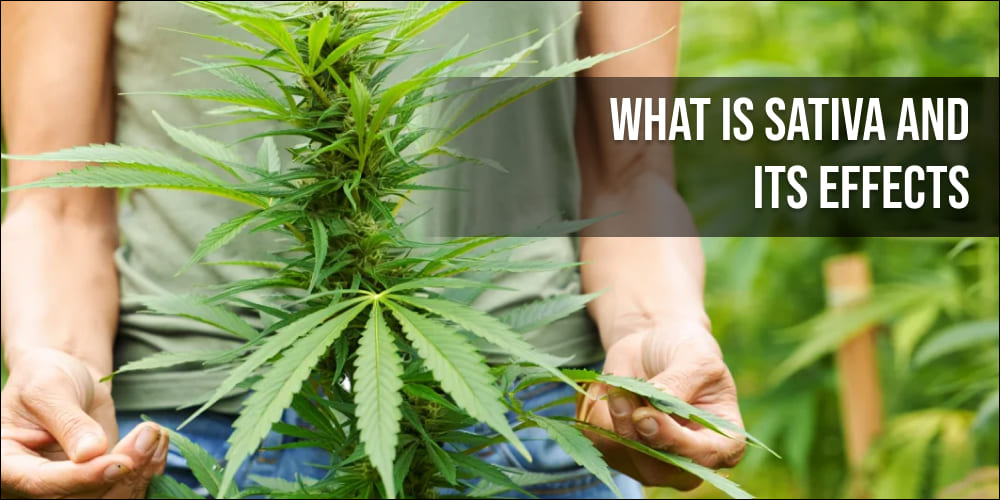Edibles vs Vapes Which High Lasts Longer?
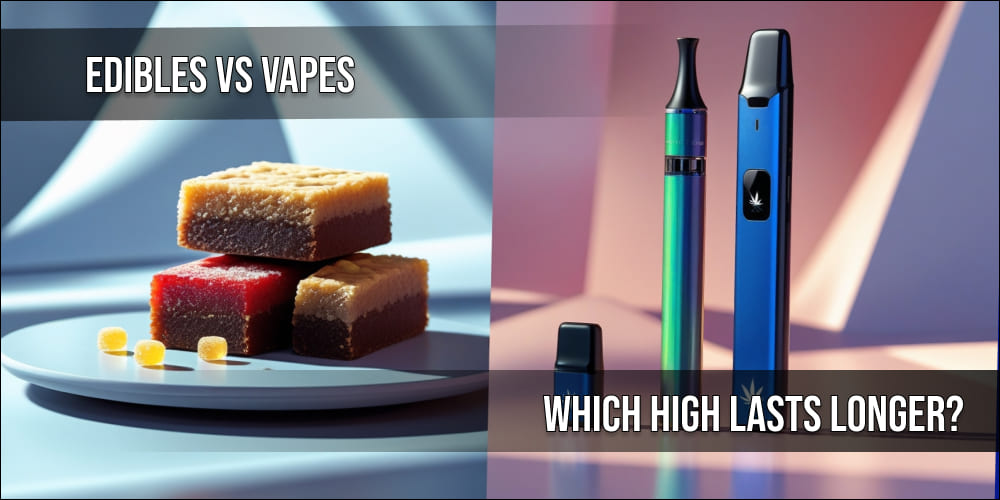
Introduction: The Modern Cannabis Dilemma
Edibles vs Vapes Which High Lasts Longer?In the rapidly evolving world of cannabis, new consumers are faced with a crucial question: what delivers a longer high – edibles or vapes? With a vast array of options, from infused gummies to high-tech vape pens, the debate around edibles vs vapes has become central to the user experience.
Some seek fast relief, others want hours of euphoric calm. But what truly sets these two methods apart? The answer lies not just in how they’re consumed, but in how the body processes them.
The Science Behind Edibles
When consuming edibles, THC must pass through the digestive system and liver before entering the bloodstream. During this process, it’s converted into 11-hydroxy-THC, a more potent form that crosses the blood-brain barrier more efficiently. This explains why edibles vs vapes often result in dramatically different highs.
Key Characteristics of Edibles:
- Delayed Onset: Takes 30 to 120 minutes to feel effects
- Long Duration: High can last 6 to 10 hours, sometimes more
- Intense Body High: Especially at higher doses
- Ideal For: Long relaxation, sleep, pain management
However, with great power comes great responsibility. Overconsumption is a real risk with edibles, particularly for beginners who may re-dose too soon.
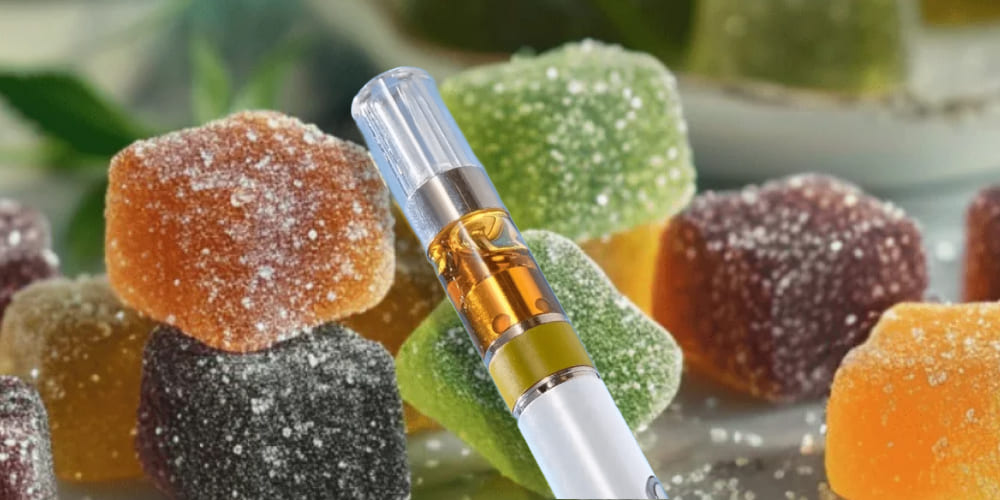
How Vapes Work: Speed and Control
Vaping delivers THC through inhalation, allowing it to enter the bloodstream almost instantly via the lungs. The high sets in within minutes — a primary advantage of vapes in the edibles vs vapes debate.
Vapes Offer:
- Fast Onset: Effects kick in within 1 to 5 minutes
- Shorter Duration: Usually 1 to 3 hours
- Precise Dosing: Users can control the experience puff by puff
- Discreet Use: Portable and odor-minimizing
That said, the shorter duration may not be ideal for users needing long-lasting relief. And while vaping is considered safer than smoking, concerns remain about long-term lung health — especially with low-quality cartridges.
Edibles vs Vapes: Side-by-Side Comparison
| Feature | Edibles | Vapes |
|---|---|---|
| Onset Time | 30–120 minutes | 1–5 minutes |
| Peak Effect | 2–4 hours | 30–60 minutes |
| Total Duration | 6–10 hours or more | 1–3 hours |
| Dosing Control | Moderate to Difficult | Easy |
| Risk of Overuse | Higher | Lower |
| Best For | Night use, deep relaxation | Social use, fast relief |
In essence, when comparing edibles vs vapes, the former is better suited for endurance, while the latter shines in flexibility and immediacy.
- Lemon Tree Indica Dominant Sauce Cartridge
- How Do Cannabinoids Affect Appetite
- Freeze Watermelon Weed Strain 2025
Why Do Edibles Last Longer?
The prolonged effects of edibles compared to vapes are not just anecdotal — they are grounded in biochemistry and human physiology. Understanding this difference begins with how THC is processed in the body.
1. Digestive Route and Liver Metabolism
When edibles are consumed, THC must first travel through the digestive system. Unlike vaping — which sends cannabinoids directly into the bloodstream via the lungs — eating cannabis-infused products introduces a time delay. The edible must be:
- Broken down in the stomach,
- Absorbed in the intestines,
- Processed by the liver.
In the liver, something critical happens: delta-9-THC is converted into 11-hydroxy-THC — a metabolite that is significantly more potent and longer-lasting. Research suggests that 11-hydroxy-THC crosses the blood-brain barrier more effectively than inhaled THC, resulting in a stronger and more enduring high.
2. Gradual Absorption Means Extended Release
Since digestion is a gradual process, THC is released into the bloodstream over an extended period. This slow, continuous absorption leads to a high that can persist for 6 to 10 hours or longer, depending on several factors like dosage, metabolism, and individual tolerance. In contrast, vaping leads to a rapid spike and decline of THC in the bloodstream.
This “time-released” effect is one of the defining aspects in the edibles vs vapes conversation — and a primary reason why many users turn to edibles for pain relief, insomnia, or long-lasting anxiety reduction.
3. Fat Solubility of THC
THC is a lipophilic (fat-loving) compound, meaning it binds to fat molecules. Most edibles are made with butter, oils, or other fatty bases specifically to enhance cannabinoid absorption in the body.
Once absorbed, THC accumulates in fat stores, including in the brain, and is released slowly over time. This process contributes to the lingering effects that make edibles vs vapes an uneven contest in terms of duration. For users with higher body fat percentages, THC may remain active in the system even longer.

4. Dosing Differences and Potency
Another key factor: edibles often deliver a higher total dose of THC than a single vape session. A vape puff might deliver 2–3 mg of THC, while even a low-dose edible could contain 5–10 mg or more. The higher and more sustained dose contributes not only to the longevity of the high but also its intensity.
This makes accurate dosing with edibles crucial — especially for beginners. The delayed onset can trick users into thinking the dose “isn’t working,” leading to overconsumption. In the edibles vs vapes debate, this is one of the main challenges of edibles: they last longer, but they also demand more patience and awareness.
5. Metabolic Variability Between Individuals
Each person’s digestive system works differently. Factors like:
- Stomach content (empty vs full)
- Enzyme levels in the liver
- Genetics and diet can affect how efficiently THC is converted and absorbed. For example, consuming edibles with a high-fat meal can increase THC bioavailability, enhancing the strength and longevity of the high.
This level of variability is much greater than with vaping, where THC enters the system almost immediately and in a more predictable way.
Conclusion: The Science Favors Edibles for Longevity
In summary, edibles last longer because:
- They’re digested and metabolized slowly,
- They create a more potent form of THC (11-hydroxy-THC),
- They bind to fat and release over time,
- And they often involve higher total THC doses.
In the world of edibles vs vapes, these biochemical mechanisms explain why the edible high not only feels different — it simply is different.
Why Vapes Hit Faster but Fade Quicker
One of the biggest advantages of vapes in the ongoing edibles vs vapes comparison is the speed at which they deliver effects. For users seeking immediate relief or a quick recreational buzz, vaping is often the go-to method. But this speed comes with a tradeoff — the high doesn’t last nearly as long as it does with edibles.
Let’s break down why this happens on a physiological level.
1. Inhalation = Direct to Bloodstream
When cannabis is vaped, THC enters the body through the lungs. The alveoli — tiny air sacs in the lungs — allow for rapid exchange between inhaled compounds and the bloodstream. Within seconds, THC reaches the brain, triggering its psychoactive effects.
This direct path bypasses digestion and liver metabolism entirely, unlike edibles, which must take a long detour through the stomach and liver. This is why vapes hit almost instantly, often within 1–5 minutes, while edibles can take up to two hours to kick in.
2. Shorter Duration of Effects
- 1 to 3 hours for most users,
- compared to 6 to 10 hours or more with edibles.
The flip side of vaping’s quick onset is its short-lived nature. Because there’s no transformation of THC into 11-hydroxy-THC (the more potent compound produced by the liver), the body eliminates inhaled THC faster. The high from vaping typically lasts:
In the edibles vs vapes equation, vaping wins on speed but loses on staying power.
3. Fast Absorption = Fast Elimination
Substances that are absorbed quickly tend to be processed and eliminated just as rapidly. This is a general rule in pharmacology, and it holds true for THC. The immediate spike in blood THC levels from vaping creates a sudden high, but it’s also metabolized and cleared from the system more efficiently.
That’s why many users find themselves reaching for the vape pen more frequently — the effects fade fast and can leave one chasing that initial intensity.

4. Dosing Control and Repetition
One advantage of vaping is that it allows for precise microdosing. Users can take one or two small puffs, gauge the effects, and adjust accordingly. This gives greater control, especially in social or functional settings.
But here’s where the “fade quicker” part really becomes evident: users often find themselves repeating doses more frequently to maintain their desired high. This not only shortens the intervals between sessions but can lead to faster tolerance buildup.
5. Lack of Metabolic Conversion
With edibles, the liver converts THC into a longer-lasting compound (11-hydroxy-THC). Vaping skips this process. While this results in a cleaner, often more “functional” high, it also means:
- Less intense body high
- Shorter psychoactive duration
- Faster return to sobriety
For some users, especially those looking for long-term pain relief or deep relaxation, this is a disadvantage. For others who need a quick lift — like dealing with anxiety before a social event — it’s a plus.
Conclusion: Vapes = Speed, Not Endurance
In short, vapes hit faster because they go straight to the brain via the lungs, offering near-instant gratification. But they fade quicker because:
- There’s no liver conversion to a more potent form,
- The body clears inhaled THC more efficiently,
- And the experience is designed to be quick and convenient — not marathon-level.
In the ongoing edibles vs vapes debate, vapes dominate in immediacy, while edibles reign in longevity. The ideal choice depends on the user’s needs, lifestyle, and level of cannabis experience.Why Vapes Hit Faster but Fade Quicker
One of the biggest advantages of vapes in the ongoing edibles vs vapes comparison is the speed at which they deliver effects. For users seeking immediate relief or a quick recreational buzz, vaping is often the go-to method. But this speed comes with a tradeoff — the high doesn’t last nearly as long as it does with edibles.
Let’s break down why this happens on a physiological level.
- The Rise of Hybrid Cannabis Strains in California
- Best Weed Gummies in 2025
- How To Make Cannabis Tea?
1. Inhalation = Direct to Bloodstream
When cannabis is vaped, THC enters the body through the lungs. The alveoli — tiny air sacs in the lungs — allow for rapid exchange between inhaled compounds and the bloodstream. Within seconds, THC reaches the brain, triggering its psychoactive effects.
This direct path bypasses digestion and liver metabolism entirely, unlike edibles, which must take a long detour through the stomach and liver. This is why vapes hit almost instantly, often within 1–5 minutes, while edibles can take up to two hours to kick in.
2. Shorter Duration of Effects
The flip side of vaping’s quick onset is its short-lived nature. Because there’s no transformation of THC into 11-hydroxy-THC (the more potent compound produced by the liver), the body eliminates inhaled THC faster. The high from vaping typically lasts:
- 1 to 3 hours for most users,
- compared to 6 to 10 hours or more with edibles.
In the edibles vs vapes equation, vaping wins on speed but loses on staying power.
3. Fast Absorption = Fast Elimination
Substances that are absorbed quickly tend to be processed and eliminated just as rapidly. This is a general rule in pharmacology, and it holds true for THC. The immediate spike in blood THC levels from vaping creates a sudden high, but it’s also metabolized and cleared from the system more efficiently.
That’s why many users find themselves reaching for the vape pen more frequently — the effects fade fast and can leave one chasing that initial intensity.
4. Dosing Control and Repetition
One advantage of vaping is that it allows for precise microdosing. Users can take one or two small puffs, gauge the effects, and adjust accordingly. This gives greater control, especially in social or functional settings.
But here’s where the “fade quicker” part really becomes evident: users often find themselves repeating doses more frequently to maintain their desired high. This not only shortens the intervals between sessions but can lead to faster tolerance buildup.

5. Lack of Metabolic Conversion
With edibles, the liver converts THC into a longer-lasting compound (11-hydroxy-THC). Vaping skips this process. While this results in a cleaner, often more “functional” high, it also means:
- Less intense body high
- Shorter psychoactive duration
- Faster return to sobriety
For some users, especially those looking for long-term pain relief or deep relaxation, this is a disadvantage. For others who need a quick lift — like dealing with anxiety before a social event — it’s a plus.
Conclusion: Vapes = Speed, Not Endurance
In short, vapes hit faster because they go straight to the brain via the lungs, offering near-instant gratification. But they fade quicker because:
- There’s no liver conversion to a more potent form,
- The body clears inhaled THC more efficiently,
- And the experience is designed to be quick and convenient — not marathon-level.
In the ongoing edibles vs vapes debate, vapes dominate in immediacy, while edibles reign in longevity. The ideal choice depends on the user’s needs, lifestyle, and level of cannabis experience.
Side Effects and Safety Tips
Edibles:
- May cause anxiety or paranoia if overdosed
- Take 1–2 hours to kick in — avoid redosing prematurely
- Store securely away from children and pets
Vapes:
- Fast onset can cause accidental overuse
- Choose lab-tested cartridges to avoid harmful additives
- Monitor lung health if used regularly
Choosing the Right Method
In the battle of edibles vs vapes, the right choice comes down to the context:
- Quick Relief: Vapes win for their instant gratification
- Long-Lasting High: Edibles dominate with their extended duration
- Social Settings: Vapes are more discreet and manageable
- Evening Wind-Down: Edibles provide a soothing, prolonged experience
There’s no one-size-fits-all answer. Experimentation, patience, and awareness are key.
- Vaping Weed in Houston
- Blue Dream Disposable Vape 1g Hybrid
- Indoor vs Outdoor Grown Cannabis: Which Is Better in 2025?
Final Verdict: Which One Wins?
If longevity is the only criteria, edibles clearly outlast vapes. The slower onset is a tradeoff for a deeper, longer ride. Vapes, on the other hand, are unbeatable for immediacy and flexibility.
Still debating edibles vs vapes? Consider this:
- Want to unwind all night? Choose edibles
- Need fast relief? Go for vapes
- Planning a social event? Vapes are subtle and manageable
- Looking for steady pain relief or sleep aid? Edibles are more effective
The winner depends on the need — and knowing your body.

